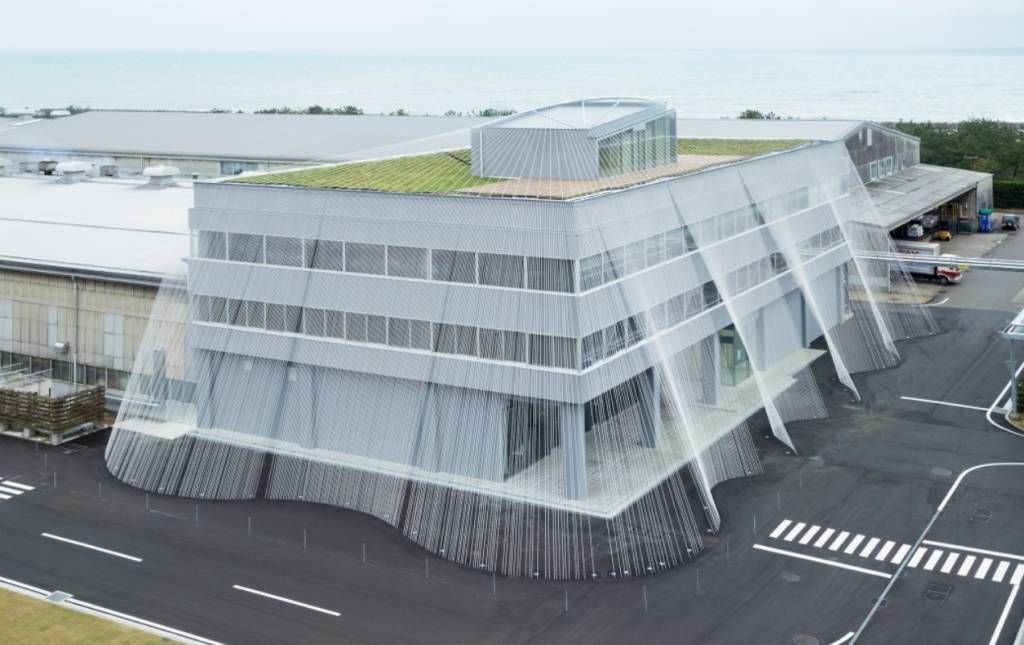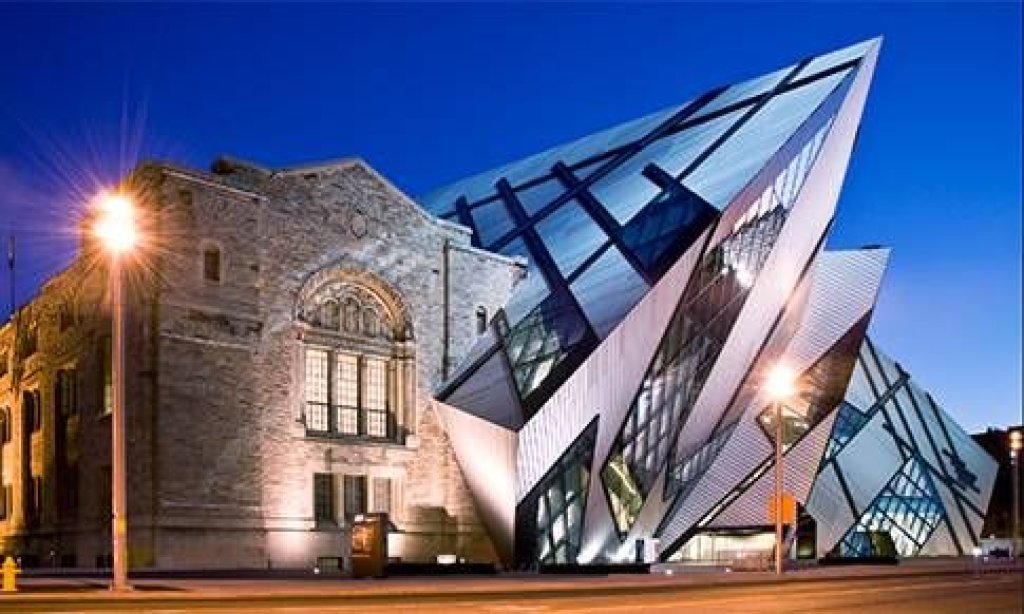With material shortages, delivery delays, and an increasing demand for environmentally-friendly practices, the construction industry has been forced to use new materials and think innovatively about projects.
While most of the materials crews are opting to use are considered standard, there are some interesting materials that could see increasing use—and that could change the construction industry in the process.
These are some of the new innovative materials being used in construction:
1. Self-healing concrete
One of concrete’s primary downfalls is its low tensile strength. This means that concrete is not able to withhold cracking or breaking under tension—which can weaken the integrity of entire structures.
But what if concrete was more like the human body, able to heal its cuts and scratches? This may sound far-fetched, but it is actually something that has been studied—and even used in some capacity—for years. Most commonly, self-healing concrete is created by adding a bacteria that produces limestone. This limestone then fills any gaps or cracks, resulting in this “self-healing” phenomena.
While self-healing concrete is not widely used, the market is expected to reach $1.3M in 2025 (it was valued at $216,720 in 2017). Self-healing concrete is a more sustainable material than standard concrete because it lasts longer—this also means less maintenance and labor over time.
2. Light-emitting cement
Not so different from solar-powered lights, light-emitting cement absorbs solar energy during the day and lights up highways, roads, and bike lanes at night. While this cement may fill the role of street lights, there is one big difference: the light emitted is an eerie green. It’s able to emit this light because phosphorescent materials are added during the manufacturing process.
The light emitted from the cement can last up to 12 hours and can be regulated to minimize glare to create safe driving conditions. With a lifespan of 100 years, the impact this technology could have in reducing electricity usage is significant.

Photo: theconstructor.org
3. CABKOMA strand rods
Developed in Japan in 2016, CABKOMA strand rods are a unique material because they can help secure buildings against earthquakes. By creating an interlocking web system, these rods help divert earthquake vibrations away from buildings. This is especially important for older buildings that aren’t built to today’s standards.
While the inside of the rod is carbon-fiber, the outside is made of inorganic fiber and thermoplastic resin. It has high tensile strength, and resists corrosion. It is an extremely durable material that is also surprisingly lightweight—also making it an easy material to transport.

Photo: komatsumatere.co.jp
4. Pollution-absorbing bricks
Air pollution is a major problem in certain areas, causing premature death and an array of health issues. Pollution-absorbing bricks, also known as breath bricks, are an innovative way to filter and clean air. Lining our communities and cities with pollution-reducing bricks is a breakthrough not only in construction, but also in healthcare.
The idea behind a pollution-absorbing brick was to create something like a vacuum cleaner—by shaping the bricks so that they direct airflow inwards, air is then forced through a filtration system.
Surprisingly, it consumes less energy to create these bricks than it does to create a standard brick. It is also relatively inexpensive to make this a viable material.
5. Cross-laminated timber
Cross-laminated timber is an engineered wood, somewhat similar to plywood. It’s difference comes from the fact that it is much thicker (and stronger) than plywood. To create cross-laminated timber, a wooden panel of lumber is combined with another panel of lumber—but each is oriented in a different direction to increase the structural integrity. There is no limit to how many panels are stacked on top of each other, which means it can become extremely sturdy.
While not always the most affordable option, timber is more sustainable than other materials like steel, concrete, and plastics. The diversity of this material is impressive, and there are even skyscrapers being built with it.
If you're interested in going greener, check out our article on the best sustainable building materials to learn more about cross-laminated timber and other options that are currently used in construction.

Photo: archdaily.com
6. Transparent aluminum
Aluminum is a common enough material. But aluminum you can see through is something else.
Transparent aluminum, while expensive, combines the strength of metal with the aesthetic of glass. The ways this material could be used is endless, including everything from skyscrapers to underwater vehicles. Currently, it’s being used primarily for military projects, but it wouldn’t be surprising if it were used more widely in the future. Of course, Stark Trek fans have been aware of transparent aluminum for some time now, and they won’t be surprised when it becomes the norm.

Photo: barbourproductsearch.info
What these materials mean for the construction industry
While most of these materials aren’t readily available for general use, all these discoveries point to the need for innovation. Labor shortages are revealing the need for more durable materials that need less maintenance. Ideas around sustainability, including using recycled materials and reducing our carbon footprint, are also pushing the boundaries in construction.
For now, construction companies know (all too well) that materials are in short supply. Until these innovative materials become more accessible, tracking materials via construction material tracking software is invaluable.
Want to learn how Raken's construction management software can help your teams track materials easier? Schedule a demo to learn how production tracking can help you stay one step ahead of project needs.
